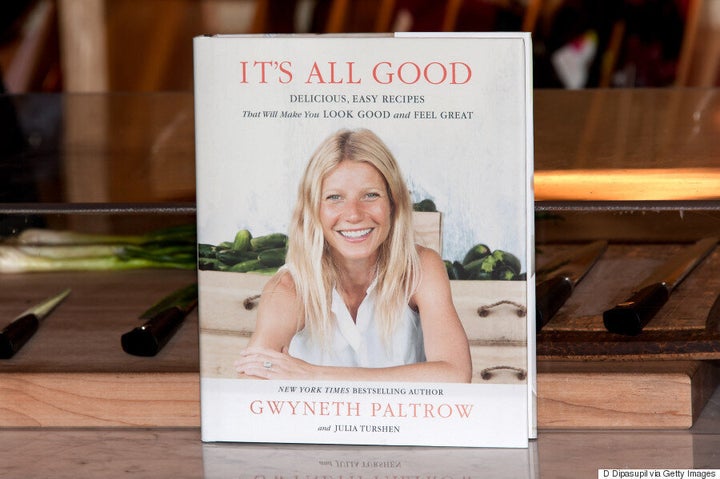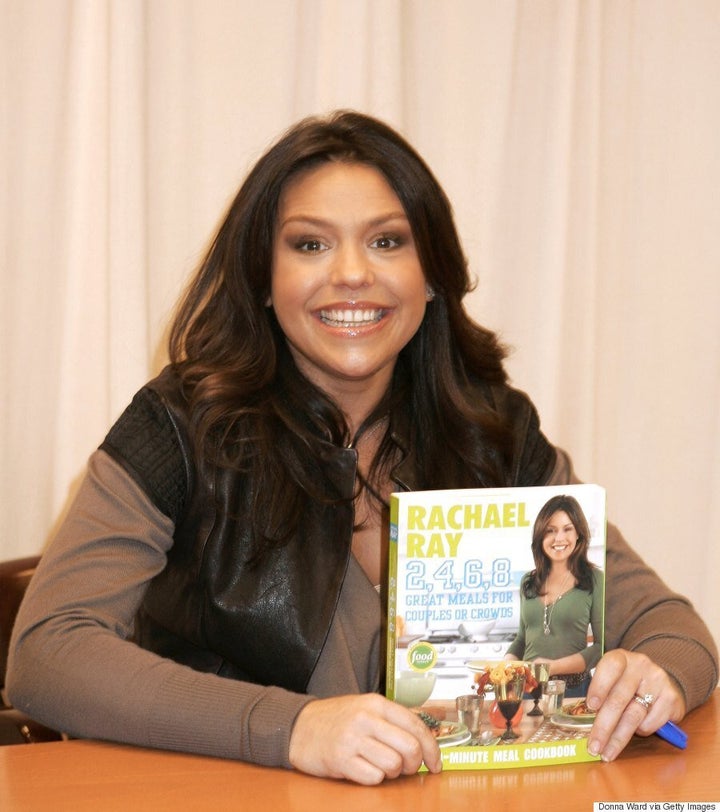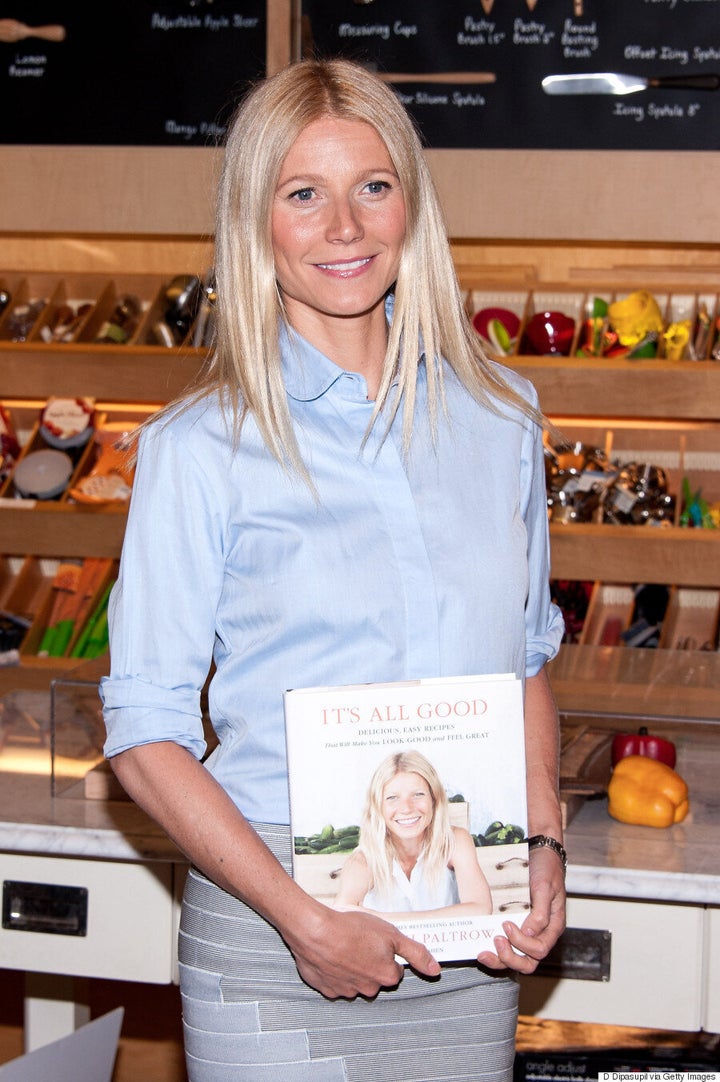It's not all good.
According to new research, celebrity cookbooks by authors such as Gwyneth Paltrow, Rachael Ray, and Ina Garten (a.k.a the Barefoot Contessa) are giving bad advice on food hygiene and increase the risk of food poisoning.
The study, conducted by researchers at North Carolina State University and published in the British Food Journal, reviewed 1,497 recipes from 29 cookbooks on the New York Times bestseller list for food and diet, and found that they did not include adequate information on how to handle raw ingredients — such as meat, poultry, seafood or eggs — and cooking temperatures.

Gwyneth Paltrow's book 'It's All Good.'
Only 89 of the 1,497 recipes from these cookbooks gave accurate information on how to reduce the risk of foodborne illness, according to the study's authors. For example, researchers looked at a roast chicken recipe from Paltrow's cookbook It's All Good, which tells readers to wash and dry a chicken before cooking it — an instruction the Food Standards Agency in the U.K. warns not to do as it can spread campylobacter, a potentially fatal bacteria, Munchies notes. And according to the Food Standards Agency, the food bug is the most common cause of food poisoning in the U.K.
"Cookbooks aren't widely viewed as a primary source of food safety information. But cookbook sales are strong and they are intended to be instructional," professor Ben Chapman, one of the study's co-authors, said. Mentioning a recipe found in one of the books for rotisserie-style roast chicken, Chapman noted, "It's one... that does not have a safe endpoint temperature included — which should be 165F or 74C to ensure you destroy disease-causing bacteria."

Rachael Ray signs her new cookbook at Barnes & Noble on Fifth Avenue November 9, 2006, in New York City. (Photo by Donna Ward/Getty Images)
Researchers looked at whether recipes instructed readers to cook the food to a specific internal temperature, and if that temperature had been shown to be "safe."
They found that only 123 recipes (eight per cent) mentioned cooking the food to a specific temperature and that not all of the temperatures listed were high enough to reduce the risk of food poisoning. In fact, 99.7 per cent of the recipes gave "subjective indicators" to determine when a dish was done cooking, and none of those indicators gave reliable information on how to tell if the food was cooked to a safe temperature.
Katrina Levine, lead author of the study, said in a press release that it's not enough to prevent food poisoning by sight or cooking time alone.

Gwyneth Paltrow promotes her book 'It's All Good' at Williams-Sonoma on April 9, 2013 in New York City. (Photo by D Dipasupil/FilmMagic)
"The most common indicator was cooking time, which appeared in 44 per cent of the recipes. And cooking time is particularly unreliable because so many factors can affect how long it takes to cook something: the size of the dish being cooked, how cold it was before going into the oven, differences in cooking equipment, and so on," she said.
"Cooking meat, poultry, seafood, and eggs to a safe internal temperature kills off pathogens that cause foodborne illness," she added. "These temperatures were established based on extensive research, targeting the most likely pathogens found in each food."
For information on safe cooking temperatures, click here, and for rules on how to prevent campylobacter from causing food poisoning, click here.